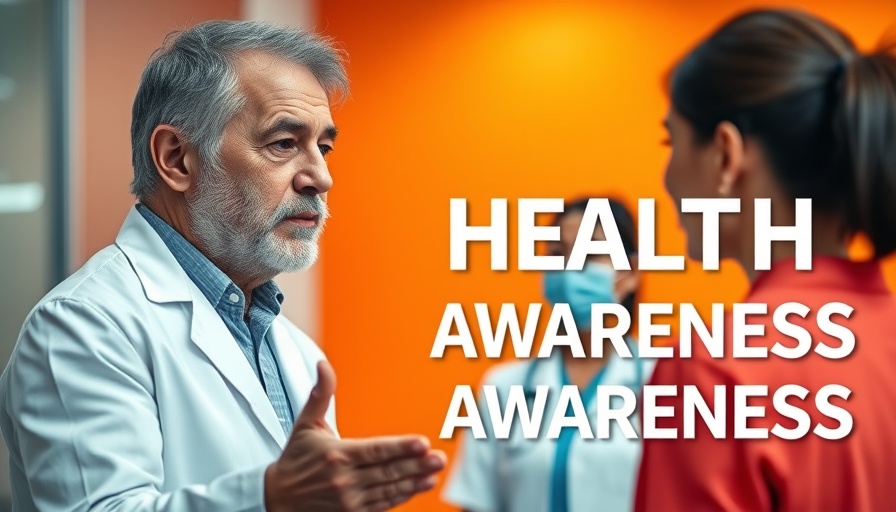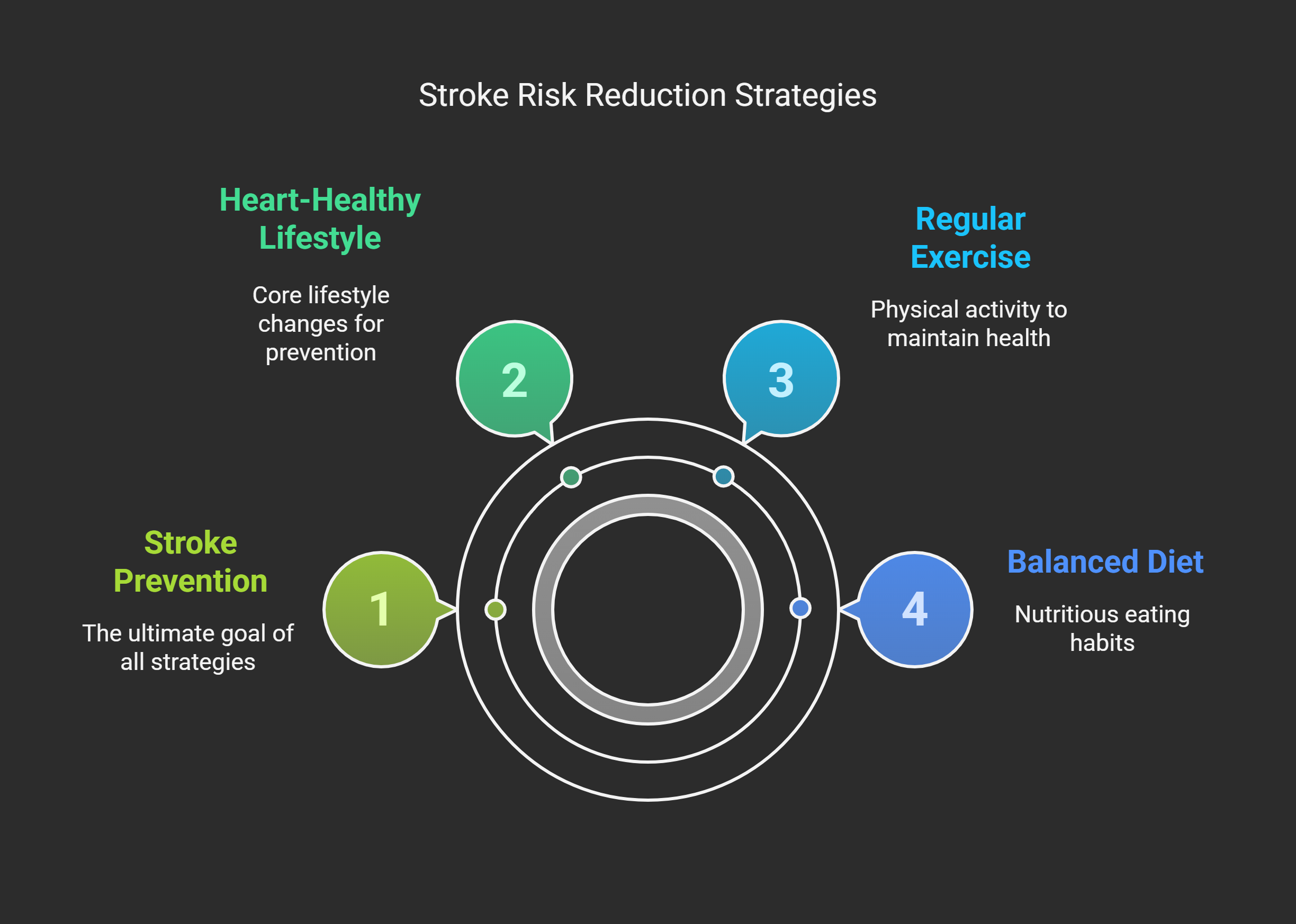
Understanding Women's Increased Stroke Risk
Stroke remains a dangerous adversary, particularly for women. Disturbingly, it's the third leading cause of death among women, with one in five women likely to experience a stroke in their lifetime. Unlike men, women often face unique risk factors that contribute to this alarming statistic. Whether influenced by hormonal changes during pregnancy or the later stages of life around menopause, every woman should be aware of their stroke risk throughout various life stages.
In The stroke risk factors women need to know, the video emphasizes critical insights about recognizing stroke signs and understanding their unique risk factors, prompting us to further explore these essential health concepts.
Common Symptoms: Recognizing the Signs of Stroke
Women often present with distinct symptoms during a stroke. While both men and women might experience typical signs such as numbness or weakness on one side of the body, women may also exhibit confusion, fatigue, and sudden headaches. These additional symptoms can sometimes lead to misdiagnoses, underscoring the necessity for heightened awareness among women regarding their unique stroke presentations.
The Critical Importance of Fast Action
When a stroke strikes, time is of the essence. The FAST acronym—Face drooping, Arm weakness, Speech difficulty, and Time to call 911—serves as a vital reminder for everyone, especially women. Acting quickly can often be the difference between life and death or severe disability. In moments of uncertainty, it’s far better to err on the side of caution and seek medical help.
Health-Conscious Living: Proactive Steps to Reduce Stroke Risk
Knowing your risk factors is only half the battle; women can take several proactive measures to lower their risk of stroke. Maintaining a heart-healthy lifestyle through regular exercise, a balanced diet rich in fruits and vegetables, and managing stress are key components in stroke prevention. Furthermore, routine medical check-ups can help identify and manage stroke risk factors, such as high blood pressure and diabetes.

Connecting with Healthcare Providers
Women are often caregivers, sometimes neglecting their health in favor of others. It’s essential to prioritize personal health and foster open communication with healthcare providers about concerns relating to stroke risk. Utilizing resources, from educational seminars to one-on-one consultations, women have an array of options to empower themselves and advocate for their health.
In The stroke risk factors women need to know, the importance of recognizing stroke signs and understanding unique risk factors is emphasized. By fostering awareness and taking action, we can work towards significantly reducing stroke risk in women.
Ultimately, understanding these risk factors and recognizing the signs of stroke empowers women to take charge of their health. If you’re motivated to learn more about reducing your stroke risk, share this information with your friends and family today. Building awareness is the first step in prevention.
 Add Row
Add Row  Add
Add 




 Add Row
Add Row  Add
Add 

Write A Comment